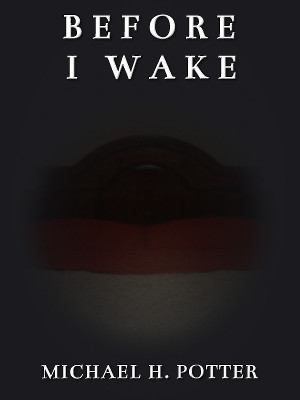Finally!
I’ve been saying for a while now that I think Godot is one of the best game engines around for indie developers. It’s open source, it’s free, you never have to worry about royalties—all it really needed was a bit more polish. Well, version 2.0 is out, and that brings some of that much-needed polish. Downloads and changelogs are at the link above, but I’ll pick a few of the improvements that stand out to me.
Scenes
Godot is, for lack of a better term, a scene-based game engine. Scenes are the core construct, and the engine has always been built around making them easy yet powerful. With 2.0, that’s now even more true.
Thanks to the new additions to scene instancing, Godot scenes got even better. Now, every scene in a Godot game is, to put it in Unity terms, a prefab. If you’ve used Unity, you know how helpful prefabs can be; Godot gives them to you for free. Basically, every instance of a scene can be edited in any way. All of its child nodes, including sub-scenes, are there for the changing.
It gets better, because now scenes can be inherited, too. The obvious use for this is a “base” object that is slightly altered to quickly create others. Enemies with subtle AI or animation changes, for example, or palette-swapped pickups. But I’m sure you can find plenty of other ways inheritance can help you. I mean, it wouldn’t be used so much in programming if you couldn’t.
The editor
Without the editor, Godot would be nothing more than Yet Another Engine. But it does have the editor, and that’s one of its biggest draws. The new version gives the editor a major overhaul, adding tons of new features. It’ll take some time to work out how—and how much—they help, but it’s hard to imagine that they won’t.
The most important, from my view, are multiple scene editing and the new Script view. Working with Godot, one of the biggest pains was the constant need to switch between scenes. They’re the central component of your engine, but you can only have one of them open at a time? No more, and that change alone will probably double your productivity.
The dissociation of the script editor from the scene editor turns Godot into more of an IDE. That will make it seem more familiar to people coming from code-heavy engines, for one thing. But it also means that we can keep multiple scripts open across scene changes. Again, the time-consuming context switch when editing was one of my main gripes with Godot’s editor. Now it’s gone.
Live editing
This one deserves its own section. Live editing is, simply put, the ability to edit your game while it’s running. I’ll have to try it out to see how well it works, but if it does, this is pretty huge. Especially in the later stages of development, fine-tuning can take forever if you’re constantly going through the edit-compile-run cycle. If Godot can take even some of that pain away…wow.
Combine this with the improvements to the debugger, including a video RAM view and collision/navigation debugging, and it gets even better. Oh, and if you’re working on a newer Android game, you can even have live editing on the device.
The announcement at the Godot homepage has a video of live editing in action. I suggest watching it.
The rest
Godot version 2.0 is a massive update. Those features I mentioned are only the best parts, and there are a lot of minor additions and changes. Some of them are of…questionable benefit, in my opinion (I’m not sold on heatmaps in the list of open scripts, for instance, and why not use JSON for your scene’s text format, like everyone else?), but those are far outweighed by the undeniable improvements.
I’ve said it before, and I’ll say it again. If you’re an indie game dev, especially if you’re focusing on 2D games, you owe it to yourself to check out Godot. It really is one of the best around for that niche. And it’s not like it’ll cost you anything.


